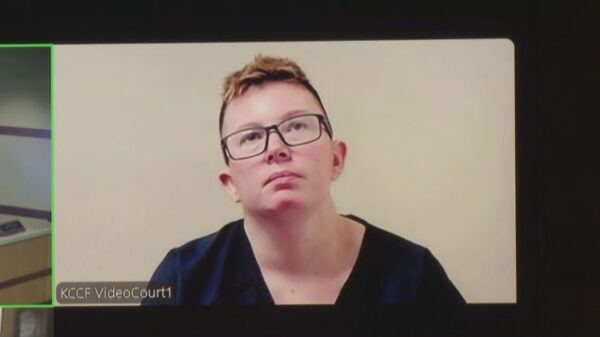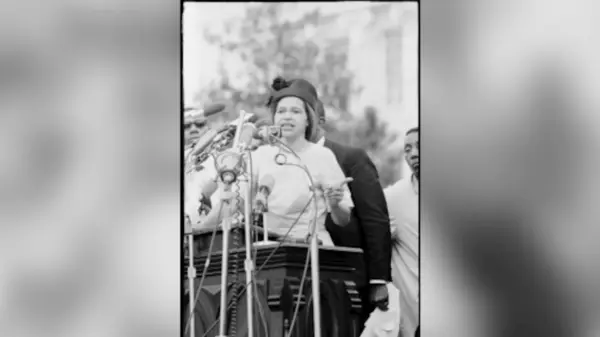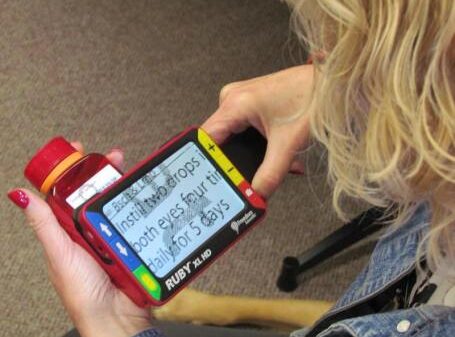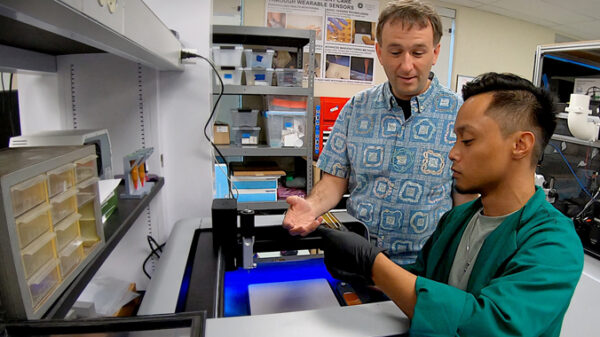UPDATE: A viral TikTok video by labor and delivery nurse Yancy Guzman is igniting urgent discussions about the importance of clear communication in healthcare. The clip, posted on September 15, 2023, has amassed nearly 810,000 views, highlighting a critical misunderstanding that occurred during a patient’s labor.
In her video, Guzman recounted a moment that left her feeling “mortified” when a patient misinterpreted medical terminology. The nurse described a scenario where a woman in labor experienced a prelabor rupture of membranes. Guzman stated, “I said she was ‘grossly ruptured,’” a medical term meaning a significant amount of amniotic fluid was leaking. However, the patient reacted negatively, thinking Guzman was calling her “gross.”
Guzman quickly clarified her terminology, emphasizing that “gross” referred to the quantity, not a judgment of the patient. “As medical providers, it’s important to remember that patients may not understand our terminology the way we do,” she told Newsweek. Her swift apology and explanation transformed the atmosphere in the room, showcasing the power of effective communication in healthcare settings.
The incident serves as a stark reminder of the need for sensitivity in medical language. Guzman noted, “We should meet them where they are and show empathy in how we communicate.” This is particularly crucial as healthcare providers interact with patients from diverse backgrounds who may not grasp medical jargon.
In light of this incident, healthcare professionals are urged to consider their language carefully. The Mayo Clinic defines prelabor rupture of membranes (PROM) as a condition where a woman’s water breaks before labor begins. Guzman’s video resonates with many, as several commenters shared similar experiences, revealing a pattern of misunderstandings stemming from medical terminology.
One user recounted a patient who misread “SOB” in their chart, thinking it was an insult, while another recalled a humorous mix-up involving an allergy bracelet. Comments like these highlight how essential it is for healthcare providers to communicate effectively to avoid anxiety or confusion among patients.
Guzman’s experience is now prompting healthcare workers to rethink how they convey medical information. The emotional impact of such misunderstandings can significantly affect a patient’s labor experience. “Every effort should be made to help them trust their medical team,” she added.
As the conversation around medical communication continues to evolve, this viral moment underscores the critical role that clarity and compassion play in patient care. The response to Guzman’s video reflects a wider recognition of the need for healthcare providers to adapt their language to ensure all patients feel safe, understood, and empowered throughout their treatment.
This incident is a call to action for medical professionals everywhere: prioritize patient understanding and foster an environment where patients can confidently engage in their care. As the dialogue unfolds, many are eager to see how this will influence training and communication strategies in healthcare settings moving forward.





































































